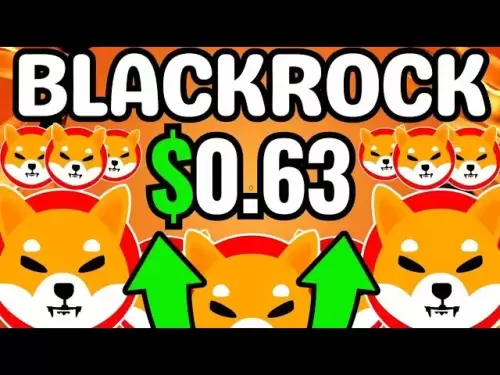-
 Bitcoin
Bitcoin $117900
-0.22% -
 Ethereum
Ethereum $3620
1.45% -
 XRP
XRP $3.392
-1.67% -
 Tether USDt
Tether USDt $1.001
-0.01% -
 BNB
BNB $741.5
1.66% -
 Solana
Solana $177.7
0.35% -
 USDC
USDC $0.9999
0.00% -
 Dogecoin
Dogecoin $0.2524
4.26% -
 TRON
TRON $0.3190
-1.74% -
 Cardano
Cardano $0.8331
1.49% -
 Hyperliquid
Hyperliquid $44.73
-0.94% -
 Stellar
Stellar $0.4609
-0.52% -
 Sui
Sui $3.844
2.54% -
 Chainlink
Chainlink $18.54
2.73% -
 Hedera
Hedera $0.2685
2.60% -
 Bitcoin Cash
Bitcoin Cash $522.6
1.91% -
 Avalanche
Avalanche $24.57
4.49% -
 Shiba Inu
Shiba Inu $0.00001508
2.57% -
 Litecoin
Litecoin $111.2
9.56% -
 UNUS SED LEO
UNUS SED LEO $8.989
0.15% -
 Toncoin
Toncoin $3.185
-0.08% -
 Polkadot
Polkadot $4.391
3.82% -
 Uniswap
Uniswap $10.34
3.56% -
 Monero
Monero $327.3
1.09% -
 Ethena USDe
Ethena USDe $1.001
-0.02% -
 Bitget Token
Bitget Token $4.953
1.19% -
 Pepe
Pepe $0.00001351
2.67% -
 Dai
Dai $1.000
0.01% -
 Aave
Aave $320.9
0.41% -
 Bittensor
Bittensor $415.9
1.00%
How to read the MTM overbought and oversold? How many parameters should be set?
The MTM indicator, a momentum tool similar to RSI but with volume, helps traders spot overbought and oversold conditions in cryptocurrencies for better trading decisions.
May 23, 2025 at 12:01 am
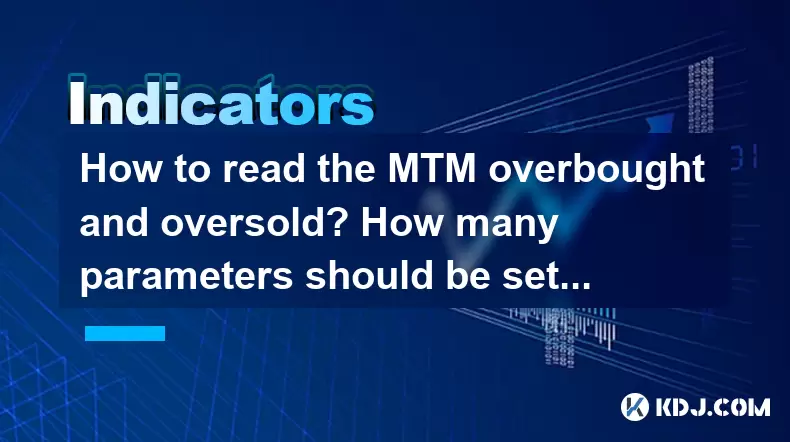
Introduction to MTM Indicator
The Money Flow Index (MFI), commonly referred to as the MTM (Money Flow Multiplier), is a momentum indicator that measures the strength of money flowing in and out of a security. It is similar to the Relative Strength Index (RSI) but incorporates volume, making it a more comprehensive tool for traders in the cryptocurrency market. The MTM can help traders identify overbought and oversold conditions, which can signal potential reversals in price trends.
Understanding Overbought and Oversold Conditions
In the context of the MTM, overbought conditions occur when the indicator reaches high levels, suggesting that the asset may be overvalued and due for a price correction. Conversely, oversold conditions happen when the MTM falls to low levels, indicating that the asset might be undervalued and ready for a price rebound. Typically, an MTM value above 80 is considered overbought, while a value below 20 is considered oversold.
How to Read the MTM Indicator
To effectively read the MTM indicator, traders need to understand its components and how they interact with price movements. The MTM is calculated using the typical price, which is the average of the high, low, and close prices, and the volume of the asset. Here's a step-by-step guide on how to interpret the MTM:
- Identify the MTM Value: The MTM value ranges from 0 to 100. Values above 80 suggest overbought conditions, while values below 20 indicate oversold conditions.
- Monitor Divergences: Look for divergences between the MTM and the price action. If the price is making new highs but the MTM is not, it could signal a potential reversal.
- Watch for Crossovers: Pay attention to the MTM crossing above or below the 50 level, which can indicate shifts in momentum.
- Combine with Other Indicators: Use the MTM in conjunction with other technical indicators, such as moving averages or the RSI, to confirm signals and reduce false positives.
Setting Parameters for the MTM Indicator
The MTM indicator typically uses a default period of 14, which is the same as the RSI. However, traders can adjust this parameter to suit their trading style and the specific cryptocurrency they are analyzing. Here are the parameters you should consider setting:
- Period Length: The standard period is 14, but you can adjust it to 7 for more sensitivity or to 21 for less sensitivity.
- Overbought/Oversold Thresholds: The default thresholds are 80 for overbought and 20 for oversold, but these can be adjusted based on the asset's volatility.
- Smoothing: Some platforms allow you to apply a moving average to the MTM to smooth out the readings and reduce noise.
Applying the MTM Indicator in Trading
To apply the MTM indicator effectively in your trading strategy, follow these detailed steps:
- Add the MTM Indicator: On your trading platform, add the MTM indicator to the chart of the cryptocurrency you are analyzing.
- Set the Parameters: Adjust the period length and overbought/oversold thresholds according to your trading strategy. For example, if you are trading a highly volatile cryptocurrency, you might set the overbought threshold to 85 and the oversold threshold to 15.
- Analyze the MTM Readings: Monitor the MTM value and look for signals of overbought or oversold conditions. If the MTM reaches 80 or above, consider the possibility of a price correction. If it falls to 20 or below, consider a potential price rebound.
- Confirm with Other Indicators: Use other technical indicators to confirm the signals from the MTM. For instance, if the MTM suggests an overbought condition and the price is also breaking below a key moving average, it strengthens the case for a potential sell.
- Execute Trades: Based on your analysis, execute trades that align with the signals provided by the MTM and other indicators. For example, if the MTM indicates an oversold condition and other indicators confirm a potential rebound, consider entering a long position.
Practical Example of Using the MTM Indicator
Let's walk through a practical example of using the MTM indicator on a cryptocurrency chart:
- Select a Cryptocurrency: Choose a cryptocurrency that you are interested in trading, such as Bitcoin (BTC).
- Add the MTM Indicator: On your trading platform, add the MTM indicator to the BTC chart with the default settings (14 period, 80/20 thresholds).
- Analyze the Chart: Observe the MTM readings over time. Suppose the MTM value reaches 85, indicating an overbought condition. At the same time, the price of BTC is also showing signs of resistance at a key level.
- Confirm with Other Indicators: Check other indicators like the RSI and moving averages. If the RSI is also above 70 and the price is breaking below a 50-day moving average, it strengthens the case for a potential sell.
- Execute the Trade: Based on the confirmed overbought signal, you might decide to sell or short BTC, anticipating a price correction.
Frequently Asked Questions
Q: Can the MTM indicator be used for all cryptocurrencies?
A: Yes, the MTM indicator can be used for all cryptocurrencies. However, the effectiveness of the indicator may vary based on the volatility and trading volume of the specific cryptocurrency. It's important to adjust the parameters and thresholds according to the asset's characteristics.
Q: How often should I check the MTM indicator?
A: The frequency of checking the MTM indicator depends on your trading style. For day traders, checking the MTM every few hours or even more frequently can be beneficial. For swing traders, daily or weekly checks might be sufficient.
Q: Is the MTM indicator more effective than the RSI?
A: The effectiveness of the MTM versus the RSI depends on the trader's preferences and the specific market conditions. The MTM incorporates volume, which can provide additional insights into the strength of price movements. However, both indicators can be valuable when used together to confirm signals.
Q: Can the MTM indicator be used in conjunction with fundamental analysis?
A: Yes, the MTM indicator can be used alongside fundamental analysis. While the MTM provides technical signals based on price and volume, fundamental analysis can offer insights into the underlying value and potential of the cryptocurrency. Combining both approaches can lead to more informed trading decisions.
Disclaimer:info@kdj.com
The information provided is not trading advice. kdj.com does not assume any responsibility for any investments made based on the information provided in this article. Cryptocurrencies are highly volatile and it is highly recommended that you invest with caution after thorough research!
If you believe that the content used on this website infringes your copyright, please contact us immediately (info@kdj.com) and we will delete it promptly.
- WLFI Token Trading Approved: From Trump Ties to Community Votes
- 2025-07-20 09:10:12
- CoinDCX's $44.2 Million Security Breach: A Wake-Up Call for Crypto Exchanges
- 2025-07-20 08:30:13
- Trump, WLFI, and Token Release: A New York Minute on Crypto
- 2025-07-20 08:30:13
- Ripple's RLUSD: The Bluechip Stablecoin Set to Disrupt the Market?
- 2025-07-20 08:50:11
- Bitcoin Price Action: Is Weakening Demand on the Horizon?
- 2025-07-20 08:50:11
- Ripple's RLUSD: Top-Ranked Stablecoin Shaking Up the Market
- 2025-07-20 08:55:12
Related knowledge
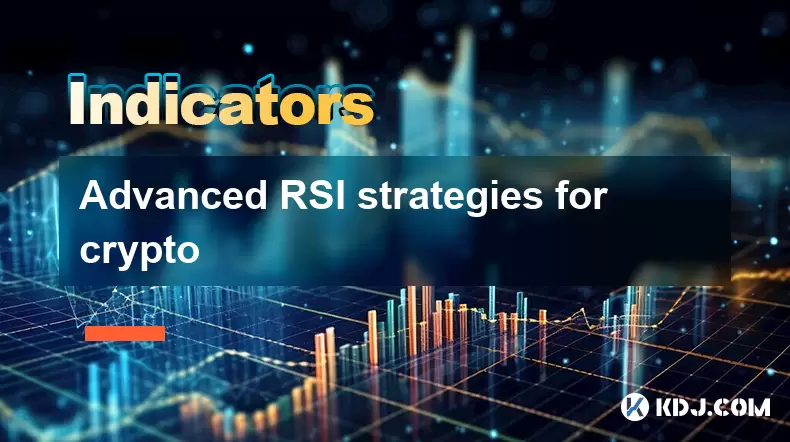
Advanced RSI strategies for crypto
Jul 13,2025 at 11:01am
Understanding the Basics of RSI in Cryptocurrency TradingThe Relative Strength Index (RSI) is a momentum oscillator used to measure the speed and chan...
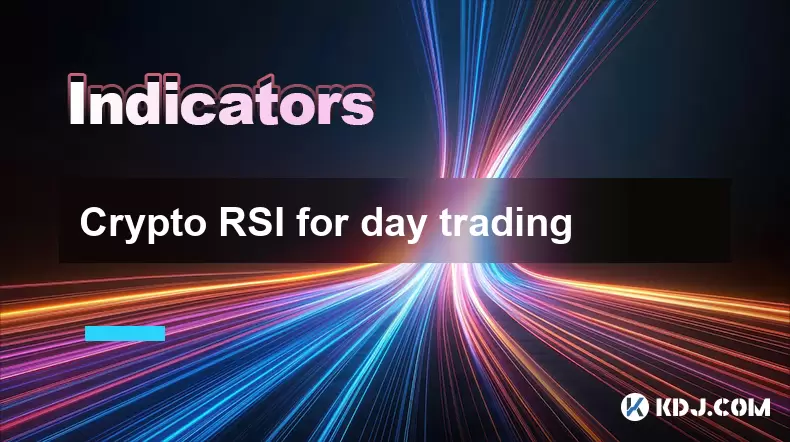
Crypto RSI for day trading
Jul 12,2025 at 11:14am
Understanding RSI in the Context of Cryptocurrency TradingThe Relative Strength Index (RSI) is a momentum oscillator used to measure the speed and cha...
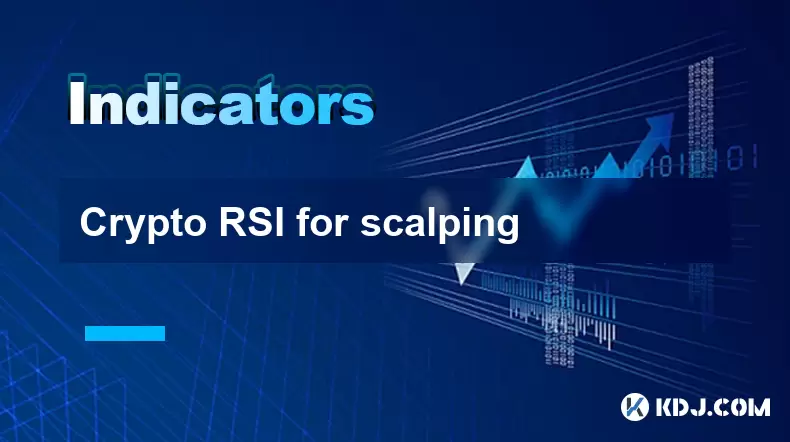
Crypto RSI for scalping
Jul 12,2025 at 11:00pm
Understanding RSI in the Context of Crypto TradingThe Relative Strength Index (RSI) is a momentum oscillator widely used by traders to measure the spe...
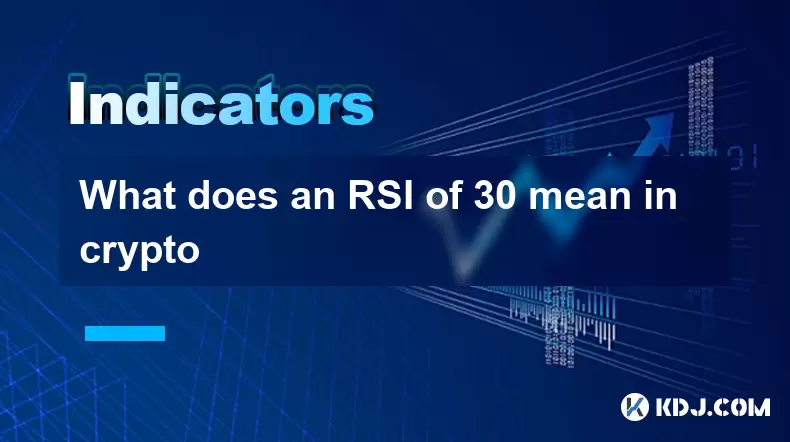
What does an RSI of 30 mean in crypto
Jul 15,2025 at 07:07pm
Understanding RSI in Cryptocurrency TradingRelative Strength Index (RSI) is a momentum oscillator widely used in cryptocurrency trading to measure the...
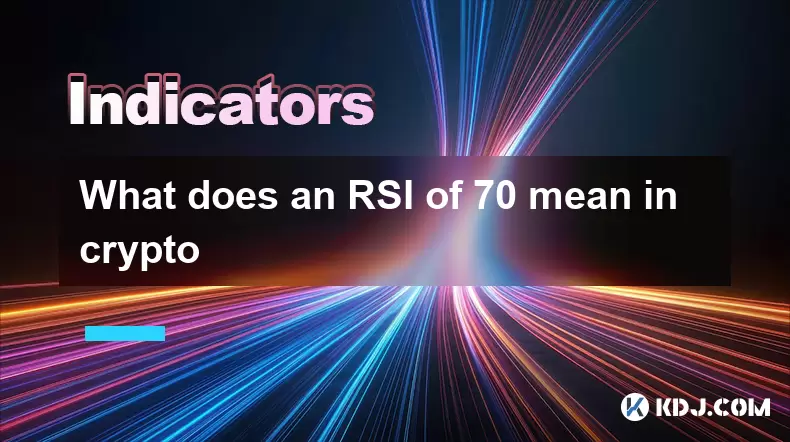
What does an RSI of 70 mean in crypto
Jul 13,2025 at 06:07pm
Understanding the RSI Indicator in Cryptocurrency TradingThe Relative Strength Index (RSI) is a widely used technical analysis tool that helps traders...
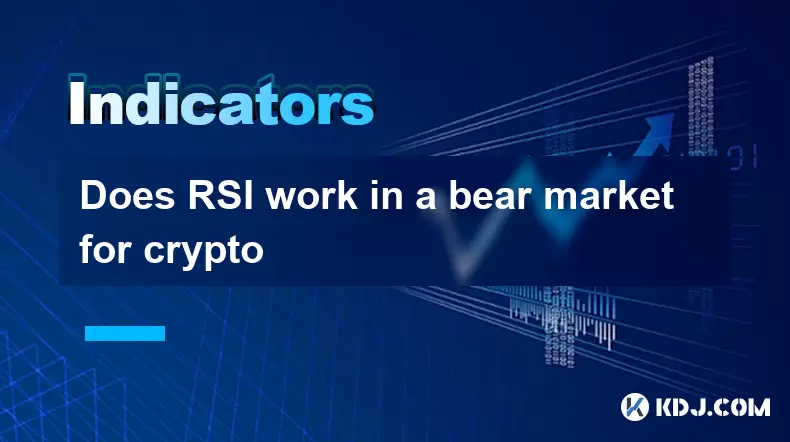
Does RSI work in a bear market for crypto
Jul 16,2025 at 01:36pm
Understanding RSI in Cryptocurrency TradingThe Relative Strength Index (RSI) is a momentum oscillator used by traders to measure the speed and change ...

Advanced RSI strategies for crypto
Jul 13,2025 at 11:01am
Understanding the Basics of RSI in Cryptocurrency TradingThe Relative Strength Index (RSI) is a momentum oscillator used to measure the speed and chan...

Crypto RSI for day trading
Jul 12,2025 at 11:14am
Understanding RSI in the Context of Cryptocurrency TradingThe Relative Strength Index (RSI) is a momentum oscillator used to measure the speed and cha...

Crypto RSI for scalping
Jul 12,2025 at 11:00pm
Understanding RSI in the Context of Crypto TradingThe Relative Strength Index (RSI) is a momentum oscillator widely used by traders to measure the spe...

What does an RSI of 30 mean in crypto
Jul 15,2025 at 07:07pm
Understanding RSI in Cryptocurrency TradingRelative Strength Index (RSI) is a momentum oscillator widely used in cryptocurrency trading to measure the...

What does an RSI of 70 mean in crypto
Jul 13,2025 at 06:07pm
Understanding the RSI Indicator in Cryptocurrency TradingThe Relative Strength Index (RSI) is a widely used technical analysis tool that helps traders...

Does RSI work in a bear market for crypto
Jul 16,2025 at 01:36pm
Understanding RSI in Cryptocurrency TradingThe Relative Strength Index (RSI) is a momentum oscillator used by traders to measure the speed and change ...
See all articles

























